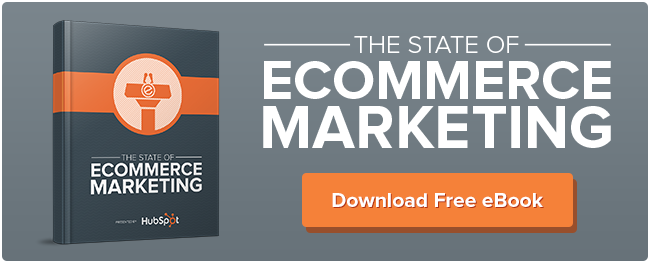 Consumers have proven time and again that convenience is often more attractive than almost any other aspect of purchasing, including price. We pay additional shipping costs to order something online that we might easily pick up in a local store. We endlessly send back ill-fitting clothing rather than spend thirty minutes in a dressing room. When someone comes up with an idea that makes our buying even more convenient, we jump right on board.
Consumers have proven time and again that convenience is often more attractive than almost any other aspect of purchasing, including price. We pay additional shipping costs to order something online that we might easily pick up in a local store. We endlessly send back ill-fitting clothing rather than spend thirty minutes in a dressing room. When someone comes up with an idea that makes our buying even more convenient, we jump right on board.
Previous Amazon Innovations
Amazon is often the front-runner for most of the technology that makes our spending easier. The company’s list of achievements and accomplishments in the field of ecommerce and technology are enough to make any online retailer weep with joy. Amazon provides the ideas; the rest of the world adopts. Most of the previous innovations were designed to cut down on the time between “want” and “buy,” because that time in between the desire and the purchase means buyers have a chance to change their minds.
The 1-click purchasing option was, to date, the most helpful as far as immediacy is concerned. The ability to make a purchase with only one click of a button—no need to enter financial information, shipping addresses, or billing addresses over and over—meant buyers had already bought an item in the time once needed to place an item in the shopping cart.
Other programs have also changed the face of ecommerce, like the personalized suggestions based on browsing history, a wishlist for saving favorites for later purchase, and a place where customers can share reviews of the products they purchased. All of these have been adapted and then adopted in one way or another on most online retail sites.
The Future of Online Shopping…Again
Though consumers first viewed the 1-Click purchasing with suspicion—the safety of their financial information being the largest concern—they eventually grew to love the immediate gratification that came with wanting and then owning. The latest innovation blows the 1-Click method out of the water. Amazon Dash, essentially a magic wand, lets you wander around your house, scan items you know you’ll need soon, and place an order through Amazon Fresh without ever once typing a word.
Ordering groceries online for delivery isn’t a new concept, though many rural areas still don’t have the option. Those who do have the opportunity often find the process more expensive than the convenience allows for. This, of course, was before Amazon made the process easier by eliminating the actual online part of online shopping. In fact, the Amazon Dash pretty much eliminates most stages of shopping—except, of course the payment and delivery parts.
Why Amazon Fresh Is Different
Because other grocery delivery companies have already tried and failed, the question is, “What makes Amazon Prime Fresh different?” This is quite the question, since comparisons have found Amazon Fresh’s prices to be significantly higher than traditional grocery stores. Why would Amazon take a chance in a field where others have failed, the competition among those that haven’t failed is steep (thing Google Shopping Express and Instacart), and their prices are higher than traditional stores?
The subscription model is a slight departure from the competitors, for one thing. Amazon hooks consumers with a free trial, who quickly learn there is no convenience compared to that of having your groceries delivered to your home. No more crowded aisles, long checkout lines, or lugging bags from the car, right? As soon as you decide you can’t live without it, Amazon invokes a yearly subscription to keep using the service. Once you’re locked in at $299 per year, would you consider getting your groceries any other way?
It’s not like joining a gym, where you pay the yearly fee and then never go again, because you’re not likely to spend your money at another gym after paying to join. Once you’ve paid the fee to Amazon, you probably wouldn’t go spend more money at someone else’s store. Double paying is never convenient. Add to that the magic wand that is the Amazon Dash, and you might just have a model that sticks around for a while.
One Small Problem
Though Amazon is constantly working to eliminate the time between “want” and “buy,” there are still some wrinkles to iron out. If you’re baking brownies and realize you’re out of eggs, can you get one to your door right away? Nope. At least, not until Amazon manages the whole drone delivery system. You’ll still have to wait for shipping, which means the next day, at the very least.


